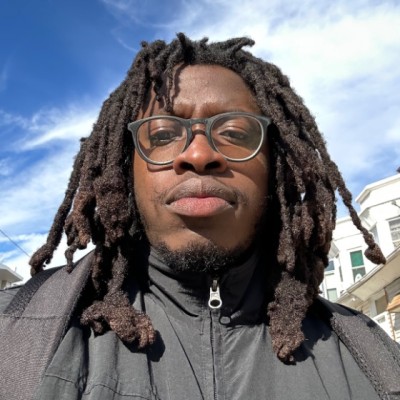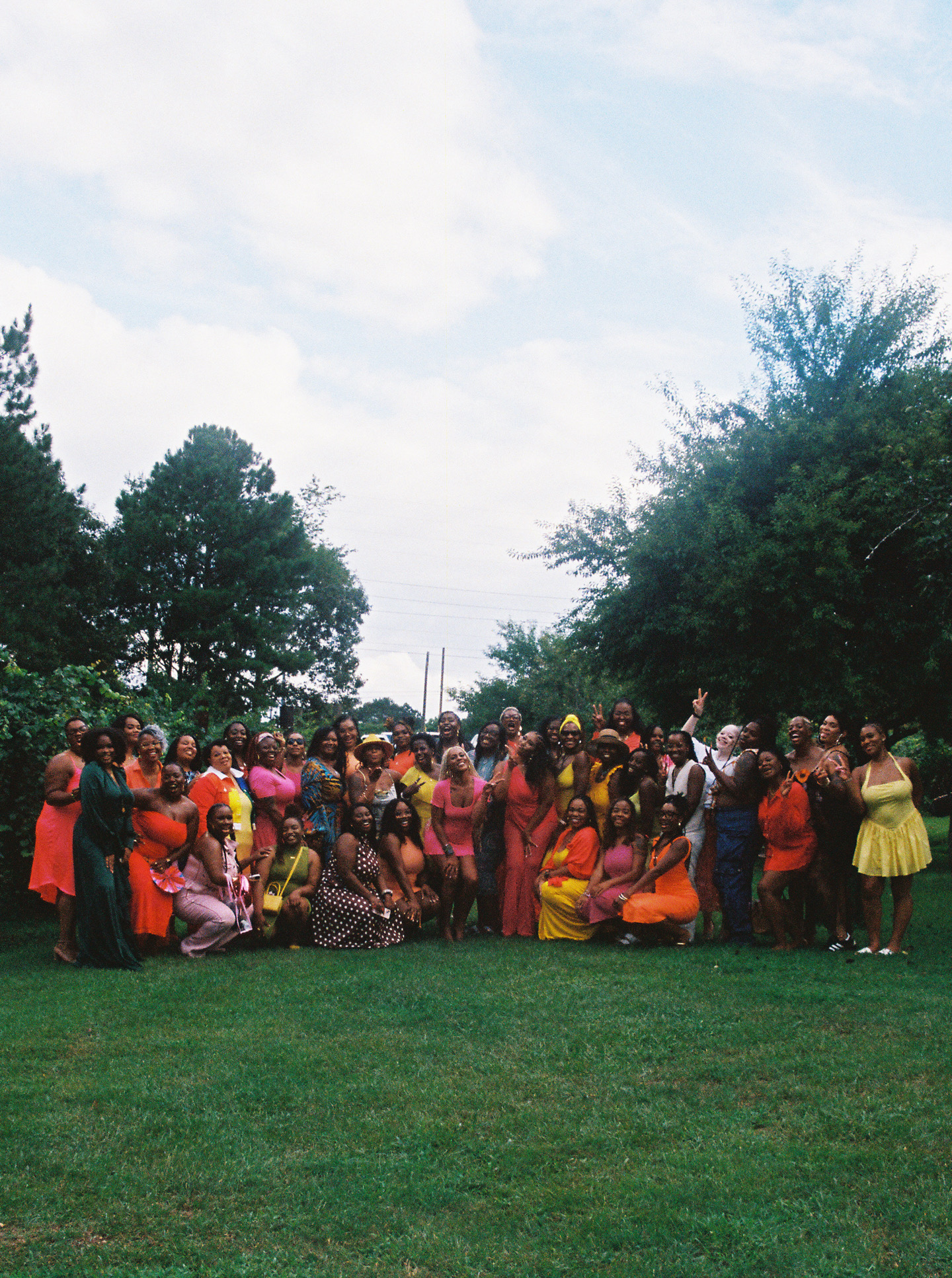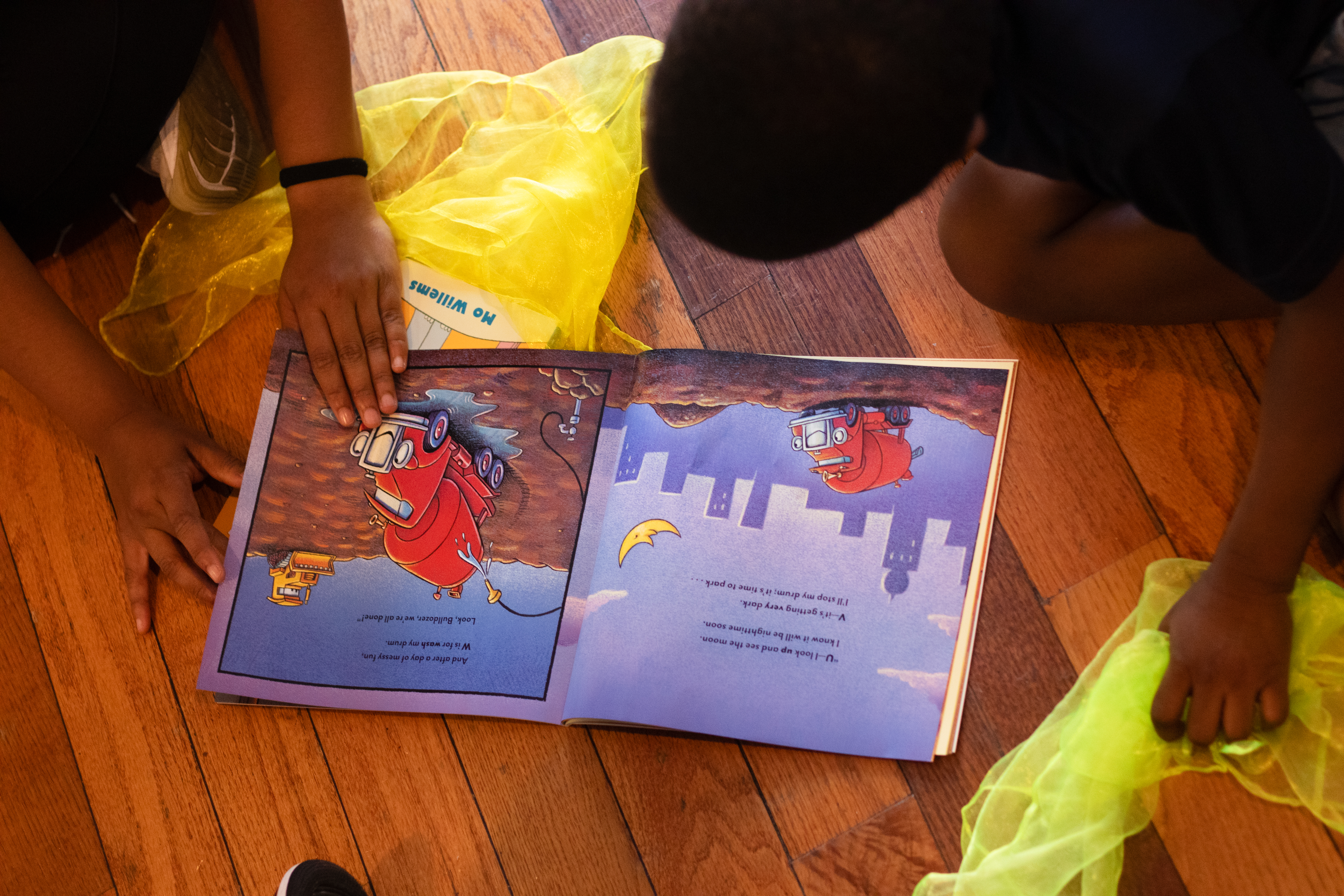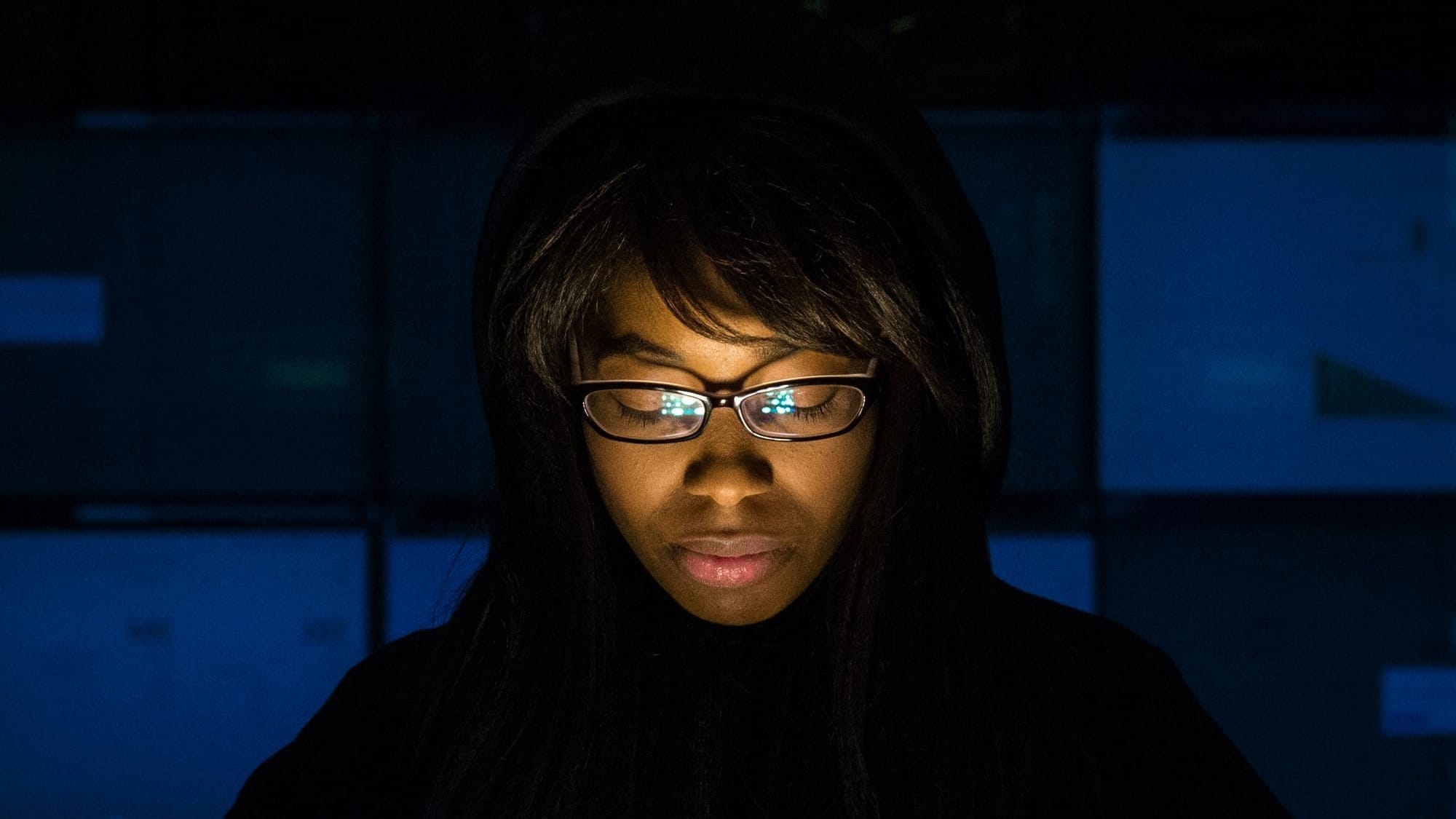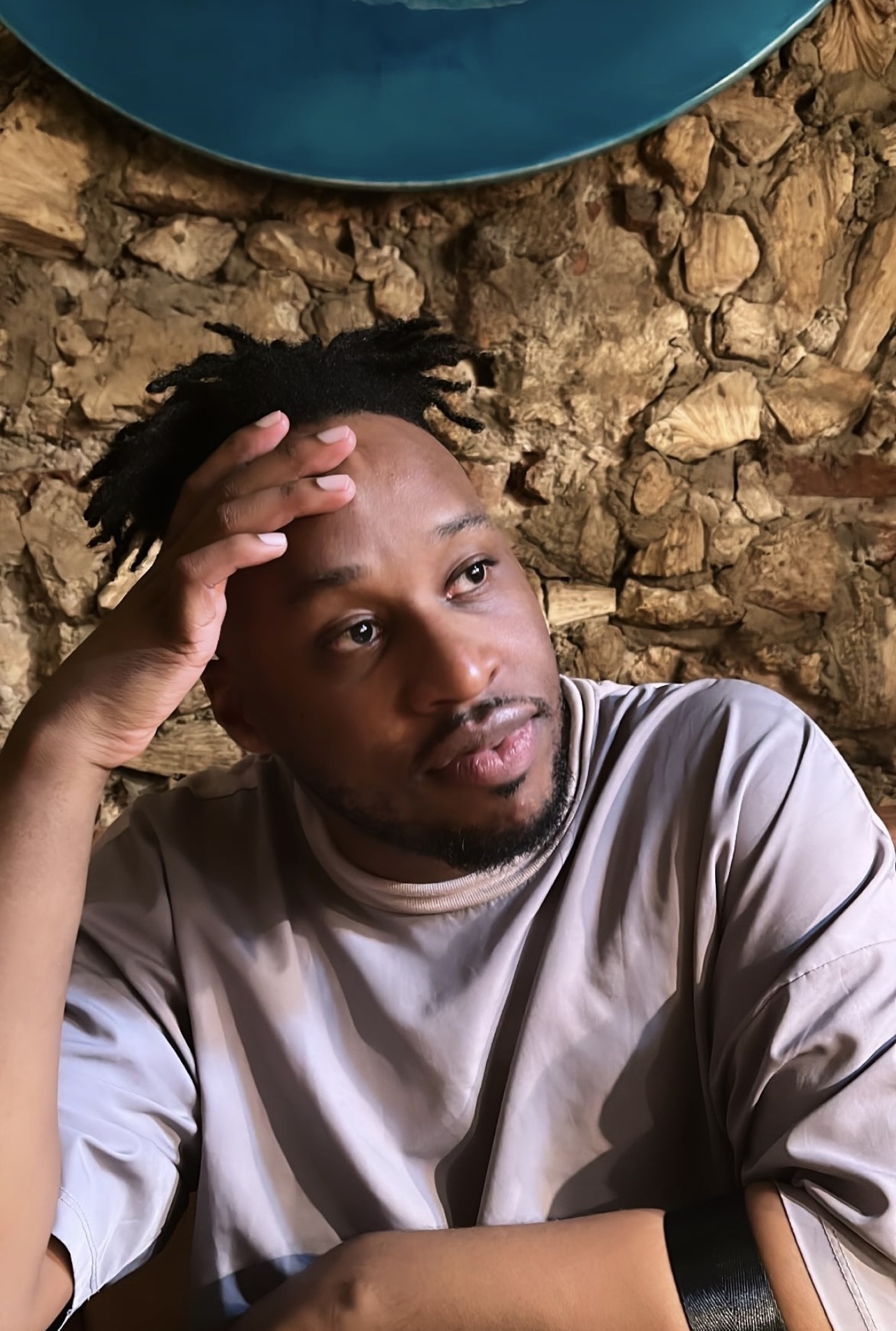With His Boyz II Men Retrospective Published, John Morrison Cements His Own Legacy
John Morrison’s 40th-anniversary Boyz II Men book highlights Philly’s role in R&B history, preserving local contributions to the group’s legacy.
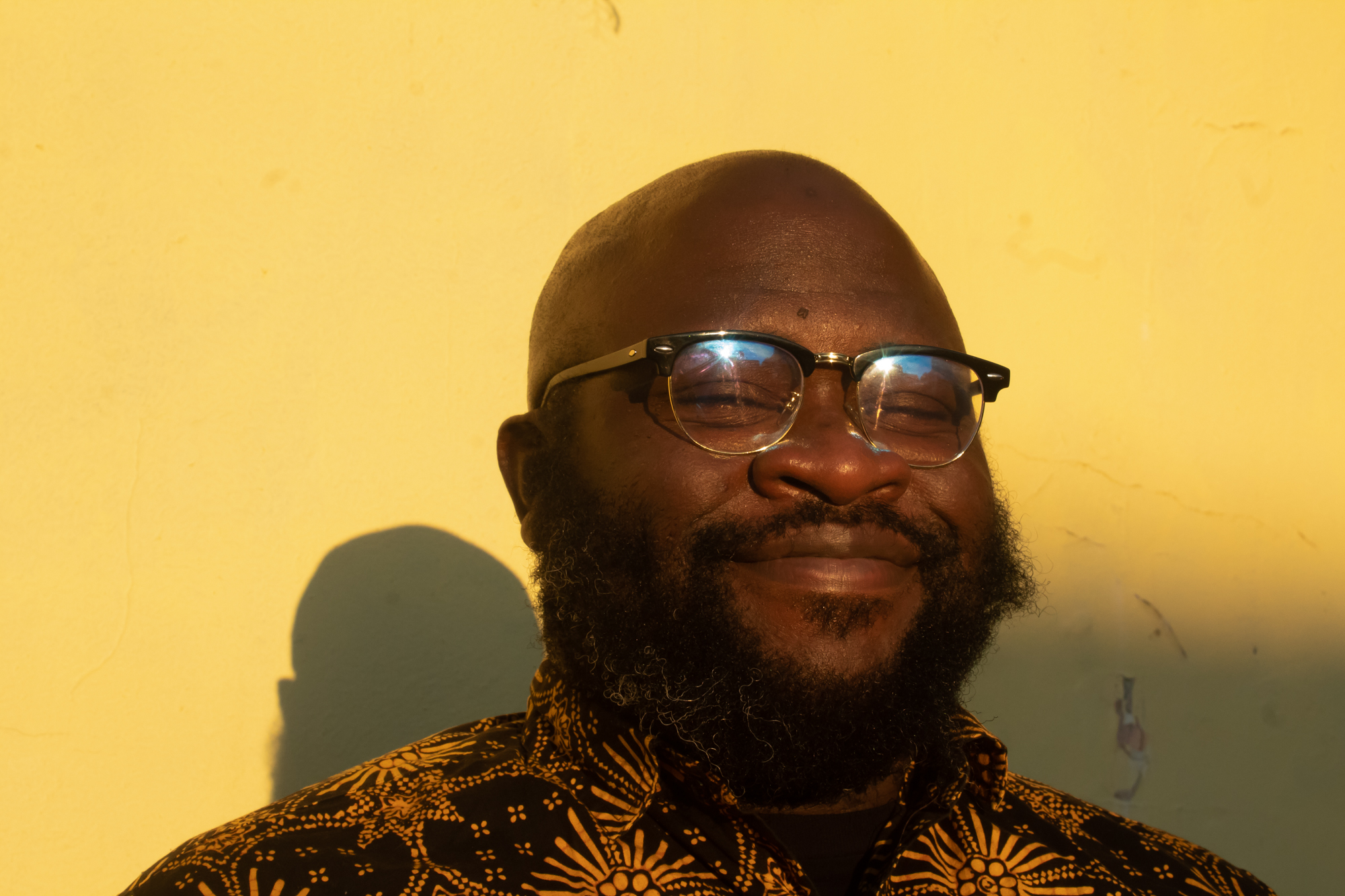
It’s easy to overlook that Boyz II Men made Cooleyhighharmony up on 3rd & Callowhill, at the original Studio 4 — but John Morrison won’t let you. With context down to the cross streets, the longtime music writer, DJ, and producer wants to place you in the spaces that made Boyz II Men.
Morrison’s “Unauthorized & Unofficial, 40th Anniversary Celebration” of the world-beating vocal group is a unique channel for his years spent in Philly Black music archives (in part, a lot of local press). The 255-page showpiece picture book, with a photo index for R&B enthusiasts, is a victory lap that credits local histories of soul, R&B, and hip-hop for presaging and preserving one of R&B’s biggest success stories.
The book is Morrison’s first after 20-plus years of reflections in NPR’s All Songs Considered column, over WXPN’s airwaves, through independent ventures, and what was a more cohesive landscape for Philly cultural writers.
But music journalists today, “we're in what I call a ‘hard hat era,’” says Morrison. “Where we have to barrel down and really remain connected to the things that we value and the people that we value.”
(Not for nothing, I spoke with him days after a remix of his featured in a musical procession of cars up North 33rd — down John Coltrane Street — for the North Philadelphia History Festival. Sustaining connection.)
The importance of relationships keeps his authorial focus on mood and milieu, the conditions for a sound. Morrison excavates who artists listen to in their lives (lovers, rivals, scenes) and in their life’s work (from engineers to managers and labels), building a social history out of an anniversary project.
For Boyz II Men, telling that story takes you all around the world, though Morrison lingers on the group’s biggest hits and core endeavors like opening Stonecreek Recording Studios, stressing that the megastars made the world run through the region at their peak — when they weren't on yet another tour.
The book begins with a short study on “Motownphilly” as the perfectly poised introduction to and complete theory of Boyz II Men. Then Morrison dials the narrative back to 1985, three or four years before most would date the group’s founding.
The claim to 40 years lies in the connection between founding members Nate Morris and Marc Nelson, and the High School for Creative & Performing Arts’ deep preparation of the group’s members. From there, readers can enjoy a finely detailed run through their discography, with Morrison describing the later career cover-heavy work as a gift and guide to the history he first lays out in text.
Black music history benefits most from the book’s first third, which highlights how the Boyz’ years making a mark in Philly helped them win the world’s affection.
It almost feels like a preview, as Morrison is dwelling on this stretch of years as part of his next book, which aims to establish Philadelphia as the only other city with a fully fledged hip-hop scene before 1979, “Rapper's Delight,” and the culture’s viral spread.
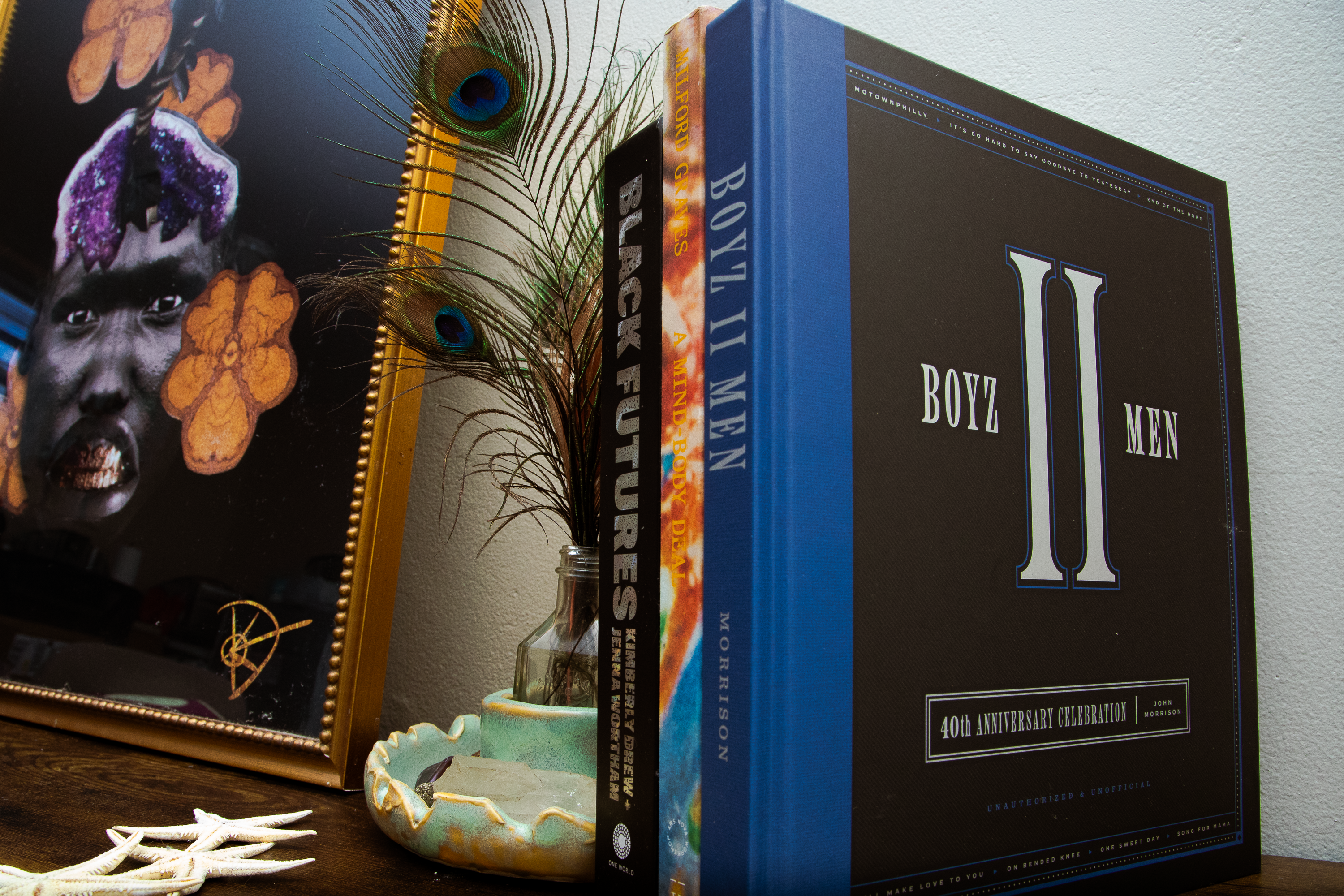
In that same mid-80s moment when the R&B world was working out what to make of hip-hop, Morrison was going to see his brother perform on the NU-TEC stage (a briefly reimagined Uptown Theater that hosted early iterations of Boyz II Men) as the producer for a hip-hop group.
Over a decade his senior, Morrison’s brother helped pass on the production bug and a facility with digital instruments in the 90s, when high school friends would lend Morrison their machines so he could learn them and write homespun owner’s manuals. It sounds like a nice side hustle, but Morrison was in it “for the love of the game.”
Both love and years of reading hip-hop outlets explain how the young Morrison, after cold-calling the number on a flyer for a Japanese hip-hop documentary screening, left an impression on one Ogbonna Hagins. Hagins was then starting up a local hip-hop outlet called Philly Word Magazine, and quickly asked Morrison to write reviews for the publication.
That’s how the Northeast High School junior began his career, dictating reviews over the phone to hip-hop journalism giant and Hagins’s then-partner Sheena Lester ... which still blows Morrison's mind.
A similar story today isn’t impossible; much has come from sending a cold DM. But his start is tied to an arts writing landscape that, like so much local journalism, has depopulated.
Morrison’s advice for persisting in this era — to stay down with “your village,” strengthening bonds as a unit while extending to other networks “in connection and solidarity” — works in tandem with how he sees the legacy of his most popular and recent subjects.
“I think the biggest gift that Boyz II Men has given the world is reminding us that magic happens when we sing together,” said Morrison.
“This kind of transcendent moment happening, that’s harmony, that’s cooperation, that’s mutual intent, that’s a beautiful human thing.”
